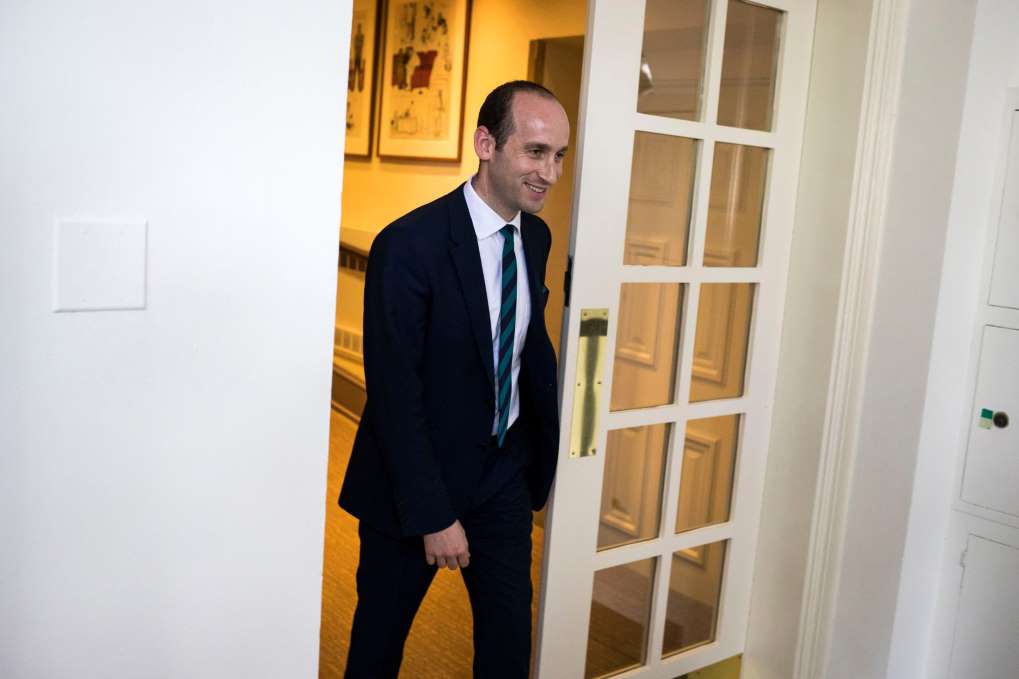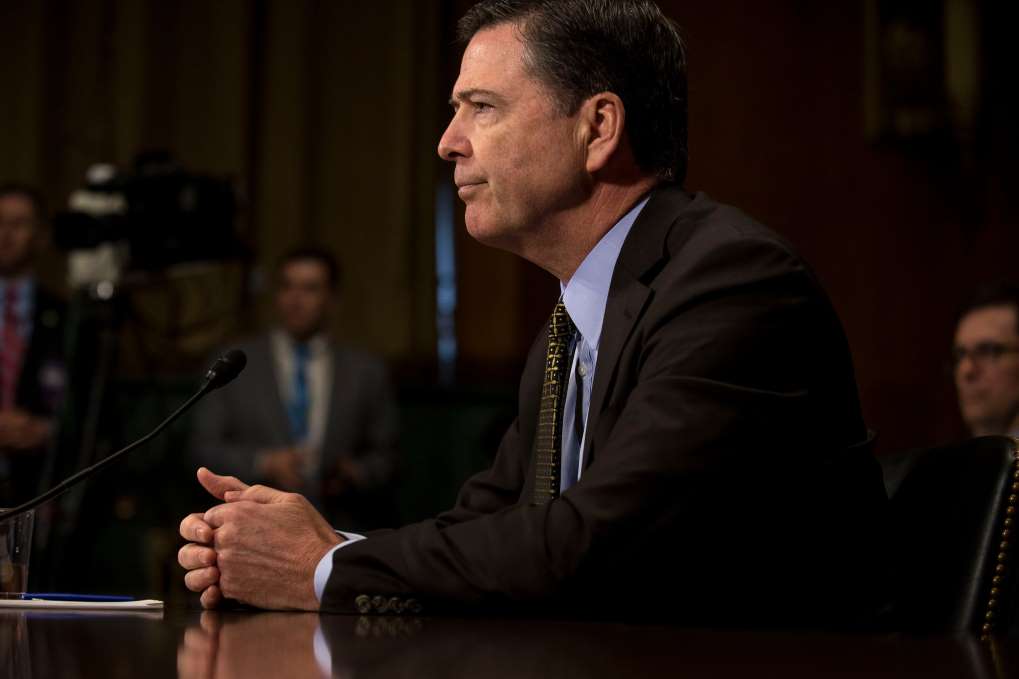September 1, 2017
WASHINGTON, D.C. — The special counsel, Robert S. Mueller III, has obtained a letter that President Trump and a top political aide drafted in the days before Mr. Trump fired the F.B.I. director, James B. Comey, which explains the president’s rationale for why he planned to dismiss the director.

September 1, 2017
WASHINGTON, D.C. — The special counsel, Robert S. Mueller III, has obtained a letter that President Trump and a top political aide drafted in the days before Mr. Trump fired the F.B.I. director, James B. Comey, which explains the president’s rationale for why he planned to dismiss the director.

James B. Comey, the former F.B.I. director, testified before the Senate Judiciary Committee in May, less than a week before he was fired by President Trump.
The May letter had been met with opposition from Donald F. McGahn II, the White House counsel, who believed that some of its contents were problematic, according to interviews with a dozen administration officials and others briefed on the matter.
Mr. McGahn successfully blocked the president from sending Mr. Comey the letter, which Mr. Trump had composed with Stephen Miller, one of the president’s top political advisers. A different letter, written by the deputy attorney general, Rod J. Rosenstein, and focused on Mr. Comey’s handling of the investigation into Hillary Clinton’s private email server, was ultimately sent to the F.B.I. director on the day he was fired.
The contents of the original letter appears to provide the clearest rationale that Mr. Trump had for firing Mr. Comey. It is unclear how much of Mr. Trump’s rationale focuses on the Russia investigation, although Mr. Trump told aides at the time he was angry that Mr. Comey refused to publicly say that Mr. Trump himself was not under investigation. Mr. Comey later said in testimony to Congress that the president was not under investigation.
Mr. Mueller is conducting a wide-ranging investigation into Russia and associates of Mr. Trump, including whether the president obstructed justice when he dismissed the F.B.I. director.
The Justice Department turned over a copy of the letter to Mr. Mueller in recent weeks.
Ty Cobb, a White House lawyer, declined to discuss the letter or its contents. “To the extent the special prosecutor is interested in these matters, we will be fully transparent with him,’’ he said.

Stephen Miller, one of Mr. Trump’s top advisors, helped the president draft a letter explaining the rationale for firing Mr. Comey.
Mr. Miller drafted the letter at the urging of Mr. Trump during a weekend in May, when Mr. Trump and his team were at the president’s private golf club in Bedminster, N.J. During that same weekend, as Mr. Trump and a small group of aides were in Bedminster devising a rationale for Mr. Comey’s dismissal, Attorney General Jeff Sessions and Mr. Rosenstein were working on a parallel effort to fire Mr. Comey.
During testimony before the Senate Judiciary Committee in May, Mr. Comey gave the first detailed explanation for his handling of the investigation of Hillary Clinton, saying “it makes me mildly nauseous to think that we might have had some impact on the election.”
His conduct during the hearing added to concerns held by Mr. Sessions and Mr. Rosenstein that the F.B.I. director had botched the Clinton investigation and had overstepped the boundaries of his job.
Two days after Mr. Comey’s testimony, Mr. Rosenstein had a meeting with a White House lawyer at the Justice Department, where Mr. Rosenstein expressed concern about how the F.B.I. director had handled the Clinton investigation. The White House lawyer relayed the details of the conversation to his bosses at the White House.
Mr. Comey was fired on May 9.
Courtesy/Source: NY Times
















































































































